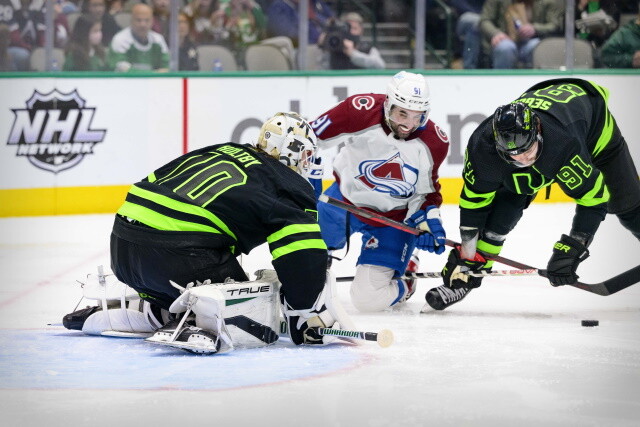The National Hockey League (NHL) has seen a lot of changes over its 100+ year history, some good, some bad, but all leading up to the product we see on the ice today. As the NHL lines things up for the upcoming season, we detail three of the most significant changes the game has seen. The NHL salary cap, league expansion, and new television rights deals.
The NHL Salary Cap
The NHL salary cap was one of the most significant changes in the game. The salary cap is the total amount of money teams are allowed to pay their players.
When Gary Bettman took over as commissioner, he attempted to implement salary restrictions, including a luxury tax during the 1994-1995 season. The result was an ugly labor lockout that led to a shortened 48-game schedule with salary restrictions limited to rookie salaries.
That changed with the 2004–05 lockout, which resulted in a lost season. The NHL was the only major North American professional sports league with limited revenue sharing and no salary cap. Since then, the NHL salary cap has gone from a maximum of $39,000,000 in 2005-06 to $82,500,000 for the 2022-23 season. It’s expected that teams will look to take advantage of their newfound financial flexibility after the salary cap rises to an expected $92,000,000 in the 2025-26 season.
League Expansion
NHL’s Original Six era began in 1942 with the Boston Bruins, Chicago Black Hawks, Detroit Red Wings, Montreal Canadiens, New York Rangers, and Toronto Maple Leafs. That lasted for 25 years until 1967, when the league added six new franchises (California Seals, Los Angeles Kings, Minnesota North Stars, Philadelphia Flyers, Pittsburgh Penguins, and St. Louis Blues), bringing the league to 12-teams total.
The league expanded to 14 teams three years later by adding the Vancouver Canucks and Buffalo Sabres and were 16-teams by 1972 with the addition of the Atlanta Flames and New York Islanders. Adding two teams every two years continued in 1974, with the Washington Capitals and Kansas City Scouts joining the league.
The NHL lost a franchise in 1978 when the Seals merged with the Northstars but added four teams from the World Hockey Association. The addition of the Winnipeg Jets, Edmonton Oilers, Hartford Whalers, and Quebec Nordiques brought the league to 21 teams. A total that would stay static for over a decade.
The 90s would see the league add the San Jose Sharks in 1991, the Tampa Bay Lightning and Ottawa Senators in 1992, the Florida Panthers and the Mighty Ducks of Anaheim in 1993, the Nashville Predators in 1998, and the Atlanta Thrashers in 1999. In 2000, the league would reach 30 teams by adding the Columbus Blue Jackets and Minnesota Wild.
Finally, in 2014 the league committed to expanding to 32 teams, adding the Vegas Golden Knights in 2016 and the Seattle Kraken in 2021.
New TV deals
With the popularity of hockey on the rise, the NHL signed two new television deals. Turner Sports made a seven-year commitment, matching the length of the contract the Walt Disney Company, which owns ESPN and ABC, signed with the NHL in March.


